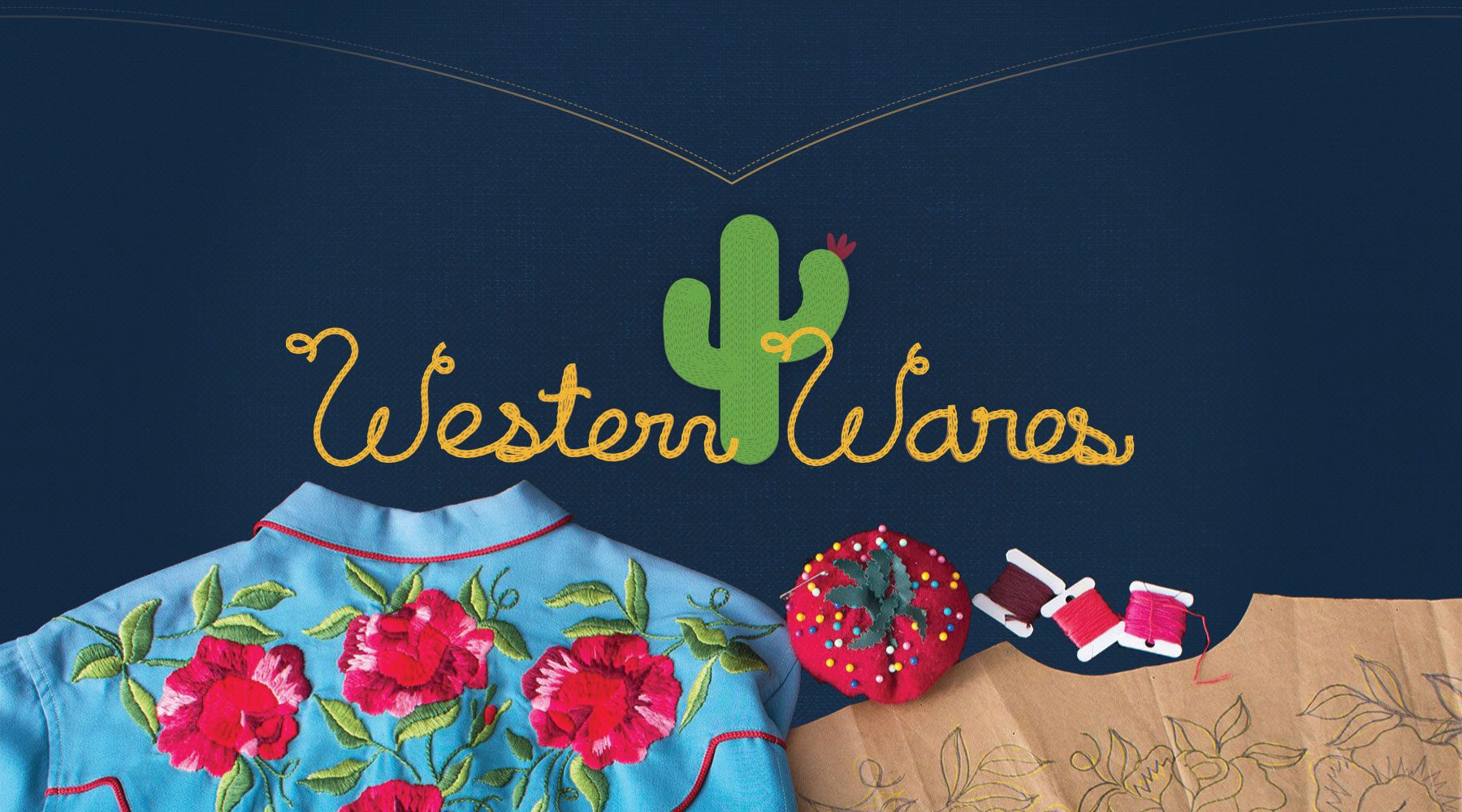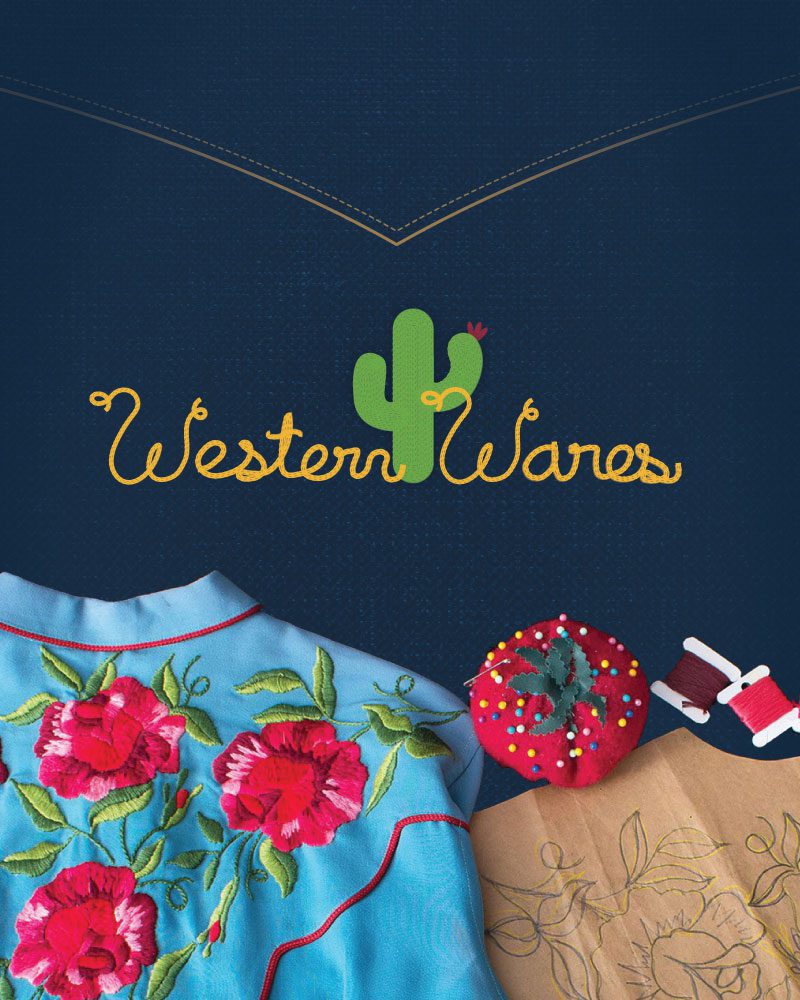People have always found inspiration in the West when creating objects to decorate their lives. Through clothing, furniture, tableware and more, Western Wares shows how designs with roots on the range came to occupy fashion runways. Take a stroll through Western style and ideas and see how they fit!
Western style is more than cowboy boots and jeans. Designs from the region are used in every area of life, from home goods to clothing and accessories. So how did humble blue jeans come to be the world’s preferred pant? Why do we drive around in cars call Broncos and ride Indian-brand motorcycles? And why do country singers wear rhinestones on Western-cut suits? Western Wares will offer answers to those and other questions in an interactive format that is fun for the whole family.
Western Wares is more than just history though! See how these objects were made, get a feel for the materials and try your hand at making your own designs with the interactive activities throughout the exhibition. So be sure to come by the museum and see where you fit in Western Wares.
This program is funded in part by Oklahoma Humanities (OH) and the National Endowment for the Humanities (NEH). Any views, findings, conclusions, or recommendations expressed in this program do not necessarily represent those of OH or NEH.





























